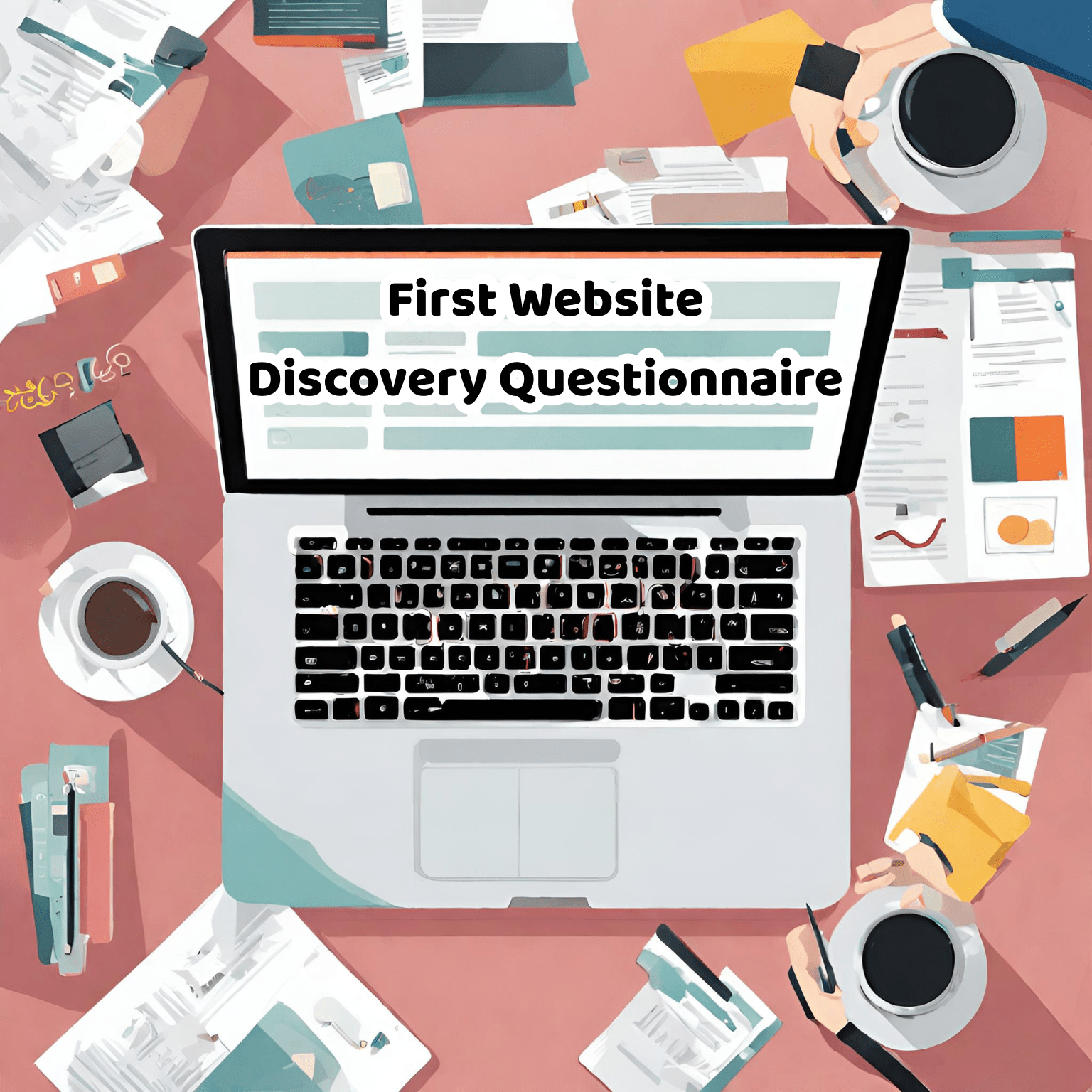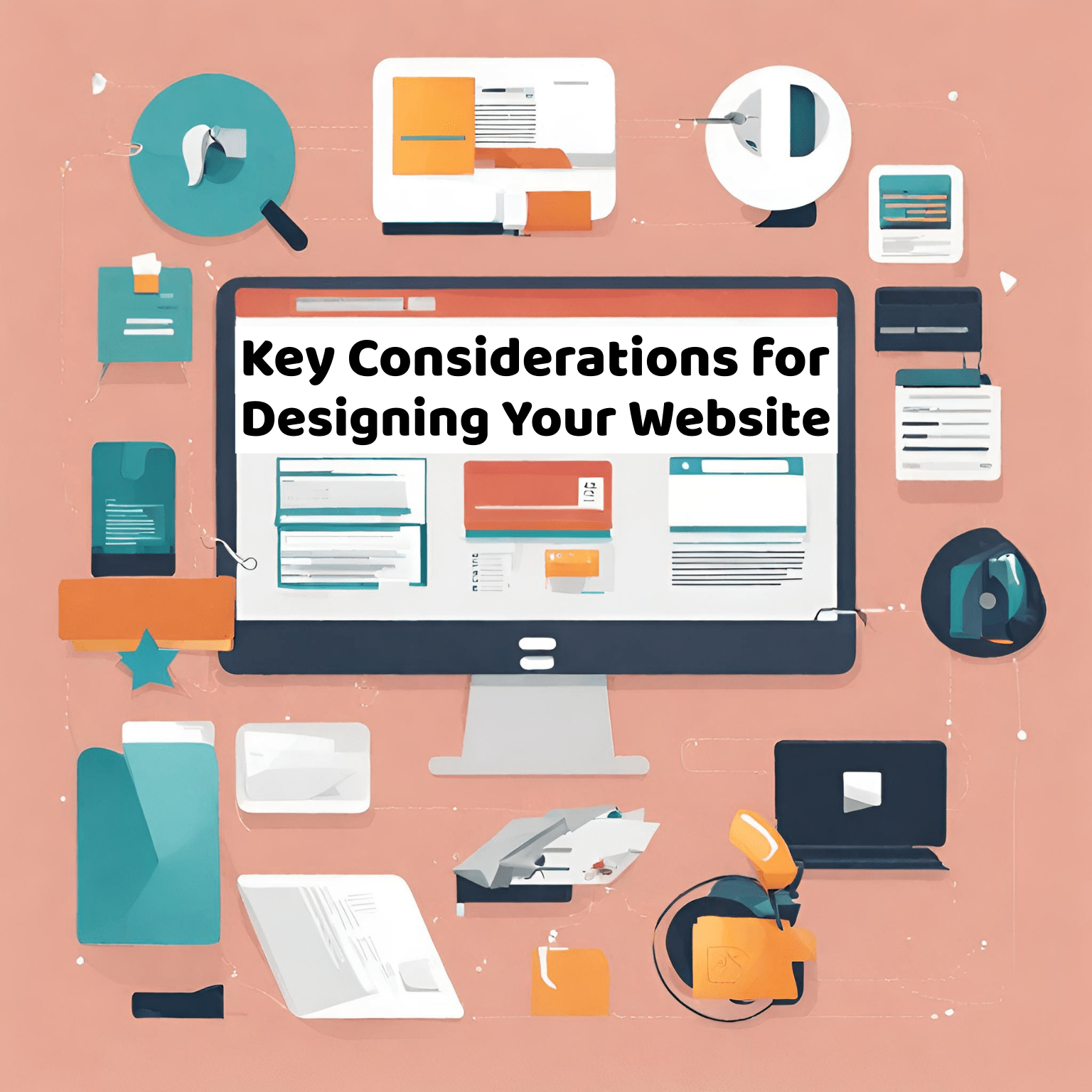In the ever-evolving landscape of digital advertising, businesses are constantly seeking strategies to maximize their return on investment (ROI). With the proliferation of online platforms, targeting options, and ad formats, the possibilities seem endless. However, success in digital advertising requires careful planning, execution, and optimization. In this comprehensive guide, we will explore the dos and don’ts of digital advertising, backed by case studies and examples to illustrate key principles.
Part 1: The Dos
1. Define Clear Objectives
Do: Before diving into digital advertising, it’s essential to define clear objectives aligned with your overall business goals. Whether you aim to increase brand awareness, drive website traffic, or generate leads, clarity in objectives is crucial.
Case Study: Coca-Cola’s “Share a Coke” Campaign
Coca-Cola’s “Share a Coke” campaign aimed to increase brand engagement and sales by personalizing its packaging with common names. By clearly defining the objective of fostering consumer interaction, Coca-Cola successfully generated widespread buzz and increased sales.
2. Know Your Audience
Do: Understand your target audience’s demographics, interests, and online behavior to tailor your ads effectively. Utilize data analytics and audience insights to create detailed buyer personas.
Case Study: Spotify’s Personalized Recommendations
Spotify leverages user data to provide personalized music recommendations and targeted ads. By understanding each user’s music preferences and listening habits, Spotify delivers relevant ads, resulting in higher engagement and conversion rates.
3. Leverage Multiple Platforms
Do: Diversify your digital advertising efforts across multiple platforms to reach a broader audience and maximize visibility. Each platform offers unique targeting options and ad formats that can complement your marketing strategy.
Case Study: Airbnb’s Cross-Platform Campaign
Airbnb utilized a cross-platform advertising strategy, including Facebook, Instagram, and Google Ads, to promote its vacation rentals. By leveraging the strengths of each platform and maintaining consistent messaging, Airbnb achieved significant reach and bookings.
4. Create Compelling Content
Do: Invest in high-quality, engaging content that resonates with your target audience. Whether it’s eye-catching visuals, informative videos, or persuasive copy, compelling content can capture attention and drive action.
Case Study: Dollar Shave Club’s Viral Video
Dollar Shave Club’s humorous and relatable video ad went viral, attracting millions of views and subscribers. By focusing on entertaining storytelling and highlighting the product’s value proposition, Dollar Shave Club effectively converted viewers into customers.
5. Optimize for Mobile
Do: With the increasing prevalence of mobile devices, ensure that your ads are optimized for mobile viewing and interactions. Mobile-friendly design and fast loading times are essential for delivering a seamless user experience.
Case Study: Amazon’s Mobile-First Approach
Amazon prioritizes mobile optimization across its digital advertising efforts, providing a user-friendly shopping experience on smartphones and tablets. By optimizing ad creatives and landing pages for mobile devices, Amazon maximizes conversions and revenue from mobile traffic.
6. Test and Iterate
Do: Continuously test different ad creatives, targeting options, and messaging to identify what resonates best with your audience. Analyze performance metrics and iterate on your campaigns to improve effectiveness over time.
Case Study: Netflix’s A/B Testing
Netflix conducts extensive A/B testing on its digital advertising campaigns to optimize performance. By experimenting with various ad formats, CTAs, and audience segments, Netflix fine-tunes its messaging to drive higher click-through rates and subscriptions.
Part 2: The Don’ts
1. Neglecting Analytics
Don’t: Ignore data analytics and performance metrics when evaluating the success of your digital advertising campaigns. Insights from analytics are invaluable for identifying trends, understanding audience behavior, and optimizing future campaigns.
Case Study: HubSpot’s Data-Driven Approach
HubSpot employs a data-driven approach to digital advertising, leveraging analytics to track key performance indicators such as conversion rates and cost per acquisition. By analyzing data insights, HubSpot continuously refines its targeting and messaging strategies to drive better results.
2. Overlooking Ad Quality
Don’t: Sacrifice ad quality for quantity or budget constraints. Low-quality ads can damage your brand’s reputation and fail to capture audience attention effectively.
Case Study: Volkswagen’s Dieselgate Scandal
Volkswagen faced backlash and negative publicity following the Dieselgate scandal, where the company was found to have manipulated emissions tests. The scandal tarnished Volkswagen’s brand image and undermined trust among consumers, highlighting the consequences of overlooking ethical considerations in advertising.
3. Ignoring Ad Frequency
Don’t: Bombard your audience with excessive ad frequency, leading to ad fatigue and decreased engagement. Strike a balance between reaching your target audience and avoiding overexposure.
Case Study: Facebook’s Ad Fatigue
Facebook advertisers often encounter ad fatigue when targeting the same audience with repetitive ads. High ad frequency can result in diminishing returns and decreased effectiveness, prompting advertisers to diversify their ad creatives and refresh their targeting strategies.
4. Neglecting Landing Page Optimization
Don’t: Drive traffic to poorly optimized landing pages that fail to deliver a seamless user experience or compel visitors to take action. Landing page optimization is essential for maximizing conversion rates and ROI.
Case Study: Google’s Search Ads
Google emphasizes the importance of landing page relevance and user experience in its search advertising guidelines. Ads with relevant landing pages that fulfill user intent are more likely to achieve higher quality scores and lower cost-per-click, driving better results for advertisers.
5. Overlooking Ad Blocking
Don’t: Ignore the prevalence of ad blocking software and the impact it can have on your digital advertising efforts. Respect user preferences and focus on delivering non-intrusive, valuable content.
Case Study: Forbes’ Ad Blocking Strategy
Forbes implemented an ad blocking detection system that prompts users to disable ad blockers or subscribe to an ad-light version of the site. By addressing ad blocking proactively and offering alternative monetization options, Forbes mitigates revenue loss while respecting user preferences.
6. Failing to Monitor and Adapt
Don’t: Set and forget your digital advertising campaigns without regular monitoring and optimization. The digital landscape is dynamic, requiring agility and adaptability to stay ahead of trends and competition.
Case Study: Pepsi’s Kendall Jenner Ad Controversy
Pepsi faced backlash and criticism for its controversial ad featuring Kendall Jenner, which was accused of trivializing social justice movements. The ad’s failure to resonate with audiences highlighted the importance of monitoring feedback and adapting campaigns to societal context and values.
Conclusion
Maximizing ROI in digital advertising requires a strategic approach, leveraging best practices while avoiding common pitfalls. By defining clear objectives, understanding your audience, creating compelling content, and optimizing campaigns based on data insights, businesses can achieve success in the digital landscape. However, it’s equally essential to avoid neglecting analytics, sacrificing ad quality, overlooking ad frequency, neglecting landing page optimization, ignoring ad blocking, and failing to monitor and adapt campaigns. With a balanced strategy and continuous optimization, businesses can unlock the full potential of digital advertising and drive sustainable growth.
cover image courtesy: Image by rawpixel.com on Freepik





